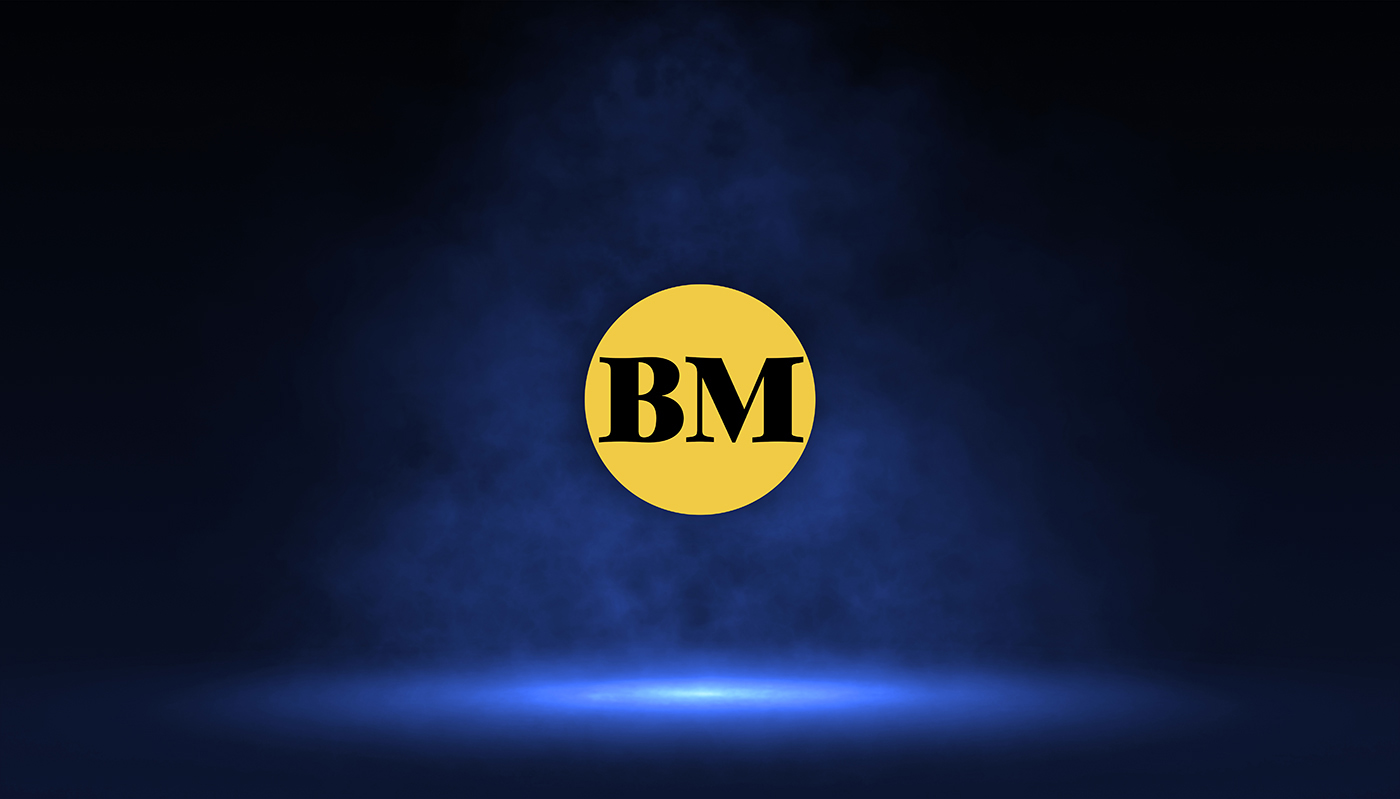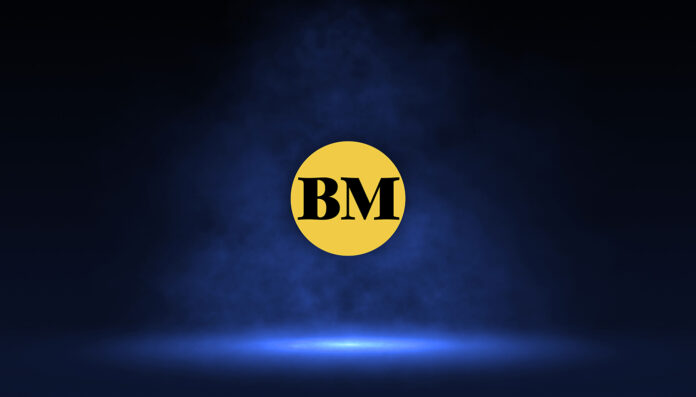
PHYSICAL branch banking activities may continue to lessen as more than half of the Filipinos prefer using digital platforms during this pandemic, a study by a California-based data analytics company revealed.
Fair, Isaac and Co. (FICO) said last Wednesday that 56 percent of Filipino consumers are now choosing to accomplish banking needs via digital channels. The data is based on a poll it conducted in December last year, which the firm said proves the openness of consumers to embrace digital banking.
“If customers prefer digital channels during times of hardship, their most difficult time, it seems to me we can expect branch banking to continue its decline,” Aashish Sharma, risk lifecycle and decision management lead for FICO in Asia Pacific, was quoted in the statement as saying.
FICO noted that the high level of smartphone penetration in the country resulted in 29 percent of the respondents choosing to reach out to their banks via mobile banking applications. Some 12 percent use Internet banking; 9 percent communicate through emails; 4 percent opt for telebanking; and, 2 percent prefer virtual conference technology.
Sharma noted that the risk of infection and lockdown measures in the past year made branch visits “less appealing,” which prompted the quick shift to digital banking platforms.
“Being able to deliver and manage numerous channels in line with customer preference and deliver a seamless and engaging experience is a challenge that is here to stay,” Sharma explained. “Investment in customer management and communication tools that span these channels and product silos, and can deliver personalization and improved decision making, is key to making digital banking a success.”
Despite the rise of financial technology (fintech), FICO said banks still have advantage when it comes to data and relationships with clients.
The survey concluded that one in three consumers in Asia Pacific prefer to accomplish all their banking transactions in one bank only. For the Philippines, 40 percent shared the same sentiment; further 34 percent, meanwhile, said they “somewhat agreed” to transacting in just one primary bank.
Sharma explained that managing many financial accounts at the same time is not ideal for customers as they might find it complex, time-consuming, and even costly. Digital banking users are keener on having “greater control and visibility of their financial position,” she said.
Still, 24 percent of the Filipinos said they were “inclined to consider” a fintech or challenger bank while 43 percent were “relatively open to the idea.”
“To consolidate and strengthen main bank engagement, lenders need to offer digital banking features that compete with the challengers to ensure the stickiness and viability of long-term customer relationships,” Sharma said.
Out of all the Filipino respondents, 38 percent said they would switch to a competitor for better personalization and controls in digital banking service. This refers to the ability to view transaction history, update personal details, reset passwords and other related functions.
This sentiment is echoed across Asia Pacific, FICO said, noting that 31 percent of the respondents cited the same reason. Other drivers to switch to competitors include the ability to control a payment card and set up recurring payments; and better security features, such as biometrics and two-factor authentication.
FICO surveyed 5,000 consumers across ten countries for the study. Aside from the Philippines, these countries included Australia, Hong Kong, Indonesia, Malaysia, New Zealand, Singapore, Taiwan, Thailand and Vietnam.
Read full article on BusinessMirror

